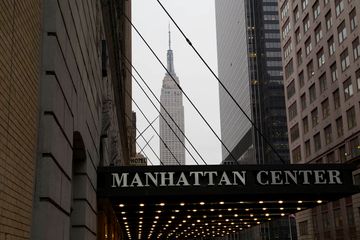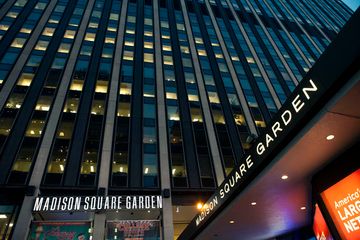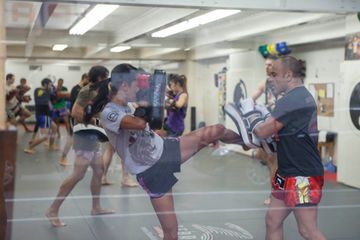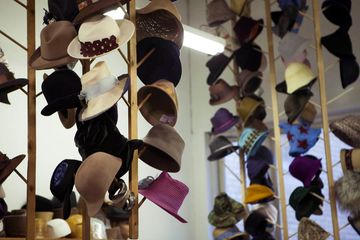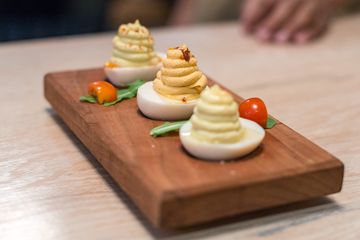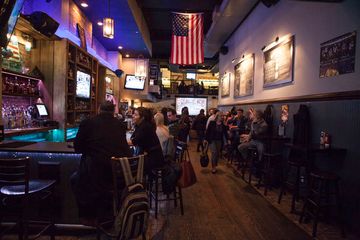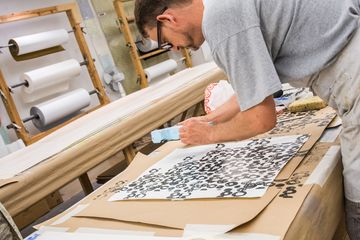“We are pushing the boundaries of decorative arts, ” Jen Lau, the Sales and Marketing Manager, told me as we rode the elevator to the Alpha Workshops’ studios and showrooms. Jen was referring to the way the decorative arts are taught at the Alpha Workshops and viewed in the world: it is a sector of the art world that is often inaccessible to the average person, a reputation that Alpha hopes to blow open. She was also referring, however, to the purpose the decorative arts have in society. “We heal through art, ” she declared. The Alpha Workshops was founded in 1995 by Kenneth Wampler as a place where HIV-positive individuals could receive training and employment in the decorative arts. Kenneth, who came from a background working at the AIDS Resource Center, called his project “The Alpha Workshops, ” which referenced the Omega Workshops, an English design enterprise from the early twentieth century. As Jen quipped, “They were the last word in decorative arts and we are the first word in new beginnings. ” Many people get in touch with Alpha through caseworkers, flyers in pharmacies, or doctor’s offices. Today, the non-profit organization is expanding its community to include populations with other challenges, such as those living with autism, at-risk youth, and seniors, but the vision remains the same. Artists and students at Alpha Workshops are given a craft and helped to develop a plan for the future. While telling me about the series of classes that make up the Alpha Workshops school program, Jen emphasized that students are also taught how to represent themselves as artists, an important skill in a world where marketing can mean the difference between failure or success. The mission of the Alpha Workshops alone would make it an extraordinary institution, but the creations that come out of the studios offer proof of the extreme talent and creativity of the artists. “We have our own style, ” Jen said, showing us the signature Negoro Nuri pattern that they use in much of their work and that dates back to seventeenth century Japan. As Jen guided us through a vast array of decorative finishes, wallpapers, and demo furnishings, displaying faux bois finishes, verre églomisé (gilded glass), faux marble (Alpha designed the faux marble in Gracie Mansion), and countless other textured patterns, I was continuously impressed with each new technique that the artists had created. Everything in the workshop is art, from the wallpaper in the hallways, to the cube seating, to the uniquely crafted lamps. Jen pointed out a gold lamp in a pattern that mimicked rock candy. She told me the story of how the executive director came into the workshop with a stick of rock candy and said to Obadiah, an artisan at Alpha in the 1990s, “Obi, can you make this into a lamp? ” and so he did. The Eden Rock lamp is Obadiah's legacy, which lives on, though he is gone. Occasionally the studios will refurbish pieces, but mostly they are, in Jen’s words, “working with people who have ideas that they want to turn into reality. ”Though they are mainly known for wallpapers, venetian plaster, and fine finishes, their expertise covers the whole discipline of decorative arts. I had heard from Harry Heissmann about how Alpha Workshops helped turn his friend’s illustration of a minimalist Easter Bunny into a 3D rendering, but Jen shared more stories, some of which involved adapting existing creations. For instance, the artists once made a sixteen-foot ceiling sculpture using grapevine branches: The sculpture was so popular that it then inspired another client to create a chandelier from the same material. As for how clients find the Alpha Workshops Studios, they have pieces in many showrooms around the city and have garnered a reputation for being a hub of creative, highly skilled artists. It does not hurt that the organization is also helping society on a grander scale. “More established designers know about us because of our mission, ” Jen shared with a smile. Jen encourages any potential clients to come and visit the workshops, where they can see just how much the artists can do. Unlike many design centers around the city, Jen pointed out that clients “can visit the studios and classrooms right here and watch how it’s made. ” The Manhattan Sideways team was excited to explore, even without having a commission in the works. We saw artists working on everything from ornate toilet lids to hand-stamped wallpapers. Steel and blush, we learned, were the colors of the season, and so we saw yards of wallpaper patterns in the soothing metallic gray and light pink. The head of the wallpaper department pointed out the more traditional patterns as well as the new ones, describing his job as “so Zen. ” He explained that the mathematics of one geometric variation had been figured out on a computer before being completed by hand. “Artisanship meets technology, ” he said with a smile. “This is tactilely satisfying work. ”Our last stop with Jen was at street level where there is a showroom that doubles as an extra studio when there are no pop-up exhibitions. I have discovered many fascinating places as I have walked the side streets of Manhattan, but nothing that pulled at my heart strings the way that Alpha Workshops did. One person had a dream - a vision - and he was able to make it into a reality that some twenty years later continues to thrive. What was most important to me, however, is the number of lives that Kenneth Wampler has turned around, and in some cases, saved. I encourage anyone with an interest in art to discover this hidden gem, as the public is welcome to tour the facility.
